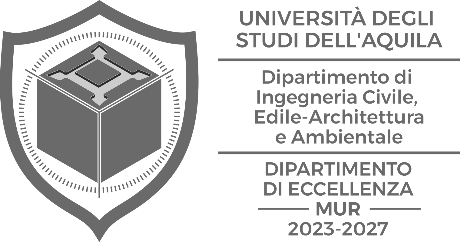It's a project


In collaboration with


For years in the construction industry, there has been a growing orientation towards more sustainable processes, with a particular focus on resources and materials with lower environmental impacts over the entire life cycle. The European regulatory orientation supports the promotion of the secondary raw materials market, in harmony with what is claimed in the European Union Action Plan for the circular economy COM (2015) 614 final 02.12.2015 and in compliance with the 7th Environment Action Programme.
There are experimental studies in this respect. For instance, Gounni et al. (2019) and Bourguiba et al. (2020) respectively investigate the thermal performance of thermal insulation for buildings generated from textile waste and goose down scraps; Milovanovic et al. (2012) studied the performance of a concrete panel with integrated mineral wool produced with recycled glass and silica.
In the specific context of materials produced from vegetable waste, Zhou et al. (2010), Binici et al. (2020), Cascone et al. (2019, 2020), Pásztory et al. (2020) and Viel et al. (2019) study new thermal insulation solutions for buildings which respectively consist of cotton fibre without binders, sunflower and wheat stalks with additives, food waste, agricultural waste, vegetable bark, hemp residues and corncob.
Unfortunately, however, in the majority of cases, these experiments cannot be applied within the building materials supply chain, for multiple reasons. In the Italian context, for example, the European Commission itself has identified the lack of appropriate certification procedures as one of the main obstacles to their spread.
On the other hand, different considerations may be elaborated on the new Industry 4.0 and Internet of Things paradigms; in fact, the study of the state of the art has highlighted the existence of new research areas and several available applications.
The main application fields of new technologies in construction are those related to predictive maintenance, performance checks, the monitoring of building materials, solutions for energy efficiency and workplace safety optimisation. Wenig et al. (2008) employ wireless monitoring systems on a cable-stayed bridge, Valero et al. (2015) analyse the main diffusion fields of RFID sensors in the construction world, identifying the scope of tracking means and resources, the combination with other technologies and the issue of worker safety.
In the particular context of monitoring the materials used, Stojanović et al. (2010), Strangfeld and Klawe (2021), Strangfeld et. al (2019) and Rotilio et al. (2018) employ sensors to supervise the water content in clay bricks and concrete blocks, the humidity of screeds, insulating materials, reinforced concrete and cross laminated timber constructions respectively. Finally, a sharp increase in the use of intelligent systems is taking place in the field of workplace safety, through the spread of wearable technologies (Wu et al., 2019), automated safety management platforms (Ding et al., 2013), the monitoring of presence and activities performed in risky conditions.
In view of what has been argued, it aims to illustrate an industrial research project and experimental development activity, carried out in synergy between two companies and a university, which incorporates the new Industry 4.0 and circular economy paradigms, in order to promote workplace safety in factories. The aim of this activity is to create a product innovation that takes the form of “MULTIFId - Multifunctional panels for new intelligent factories”.
It's a project


In collaboration with


© 2024 Multifid - Reproduction Prohibited